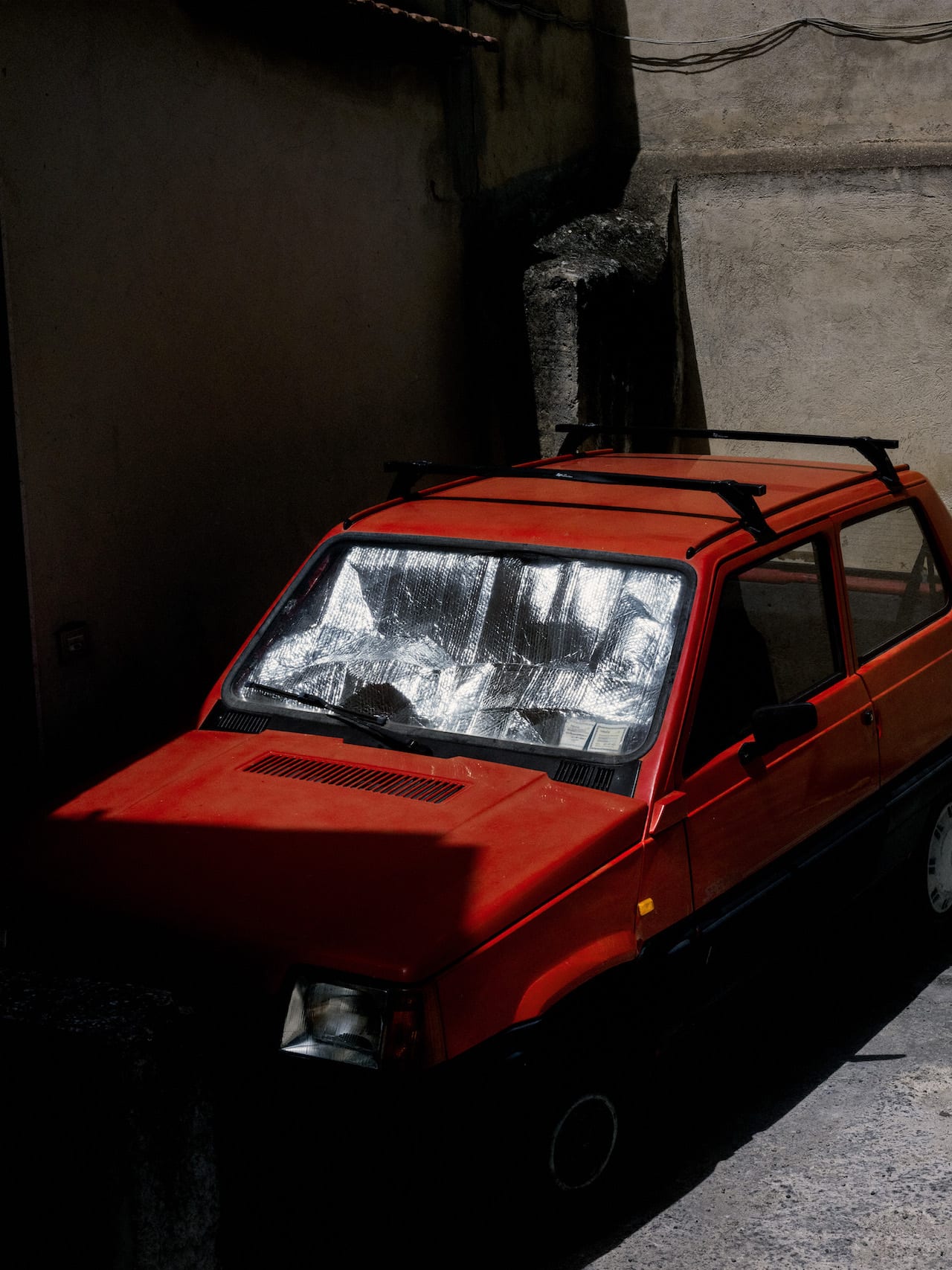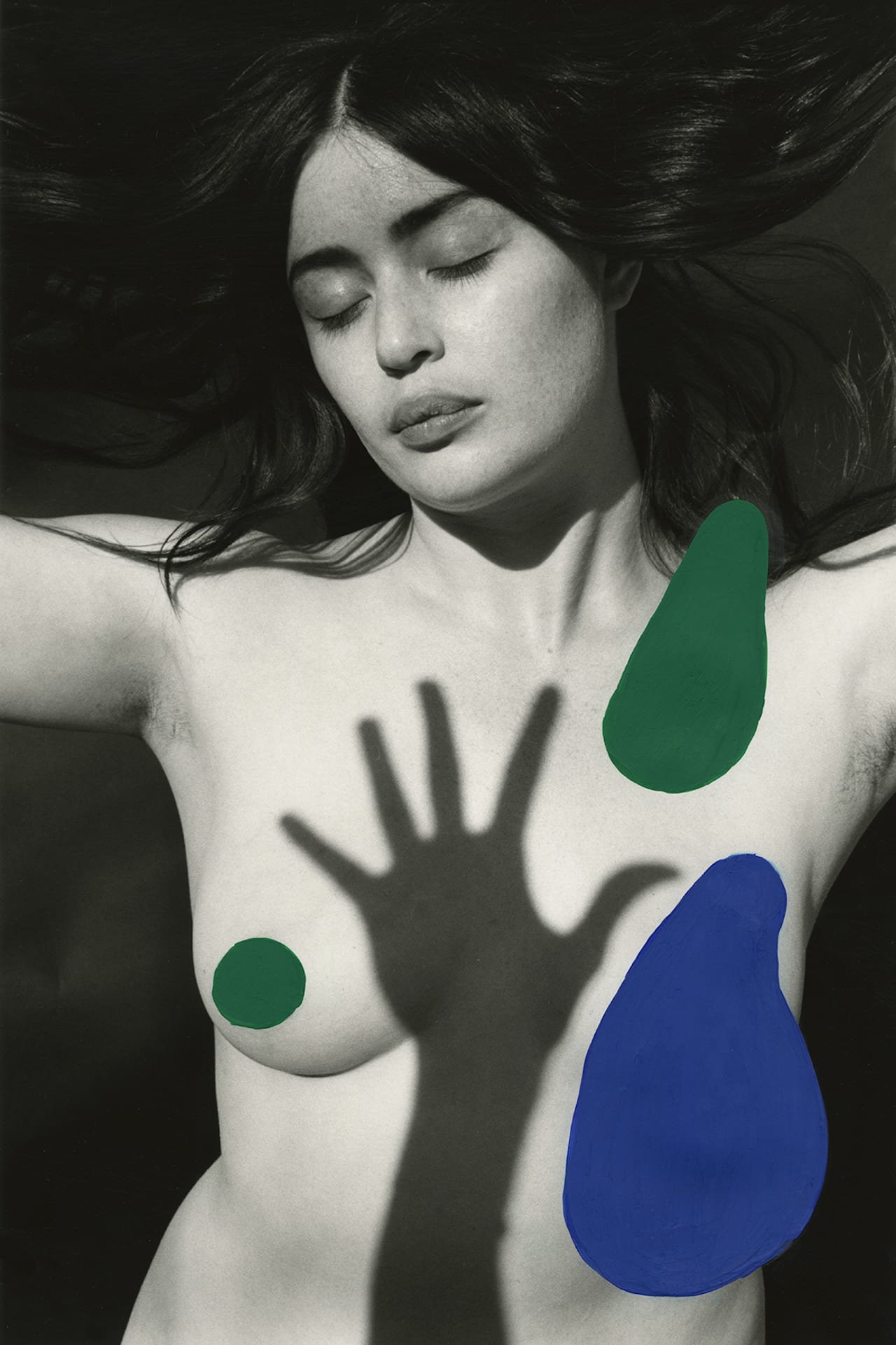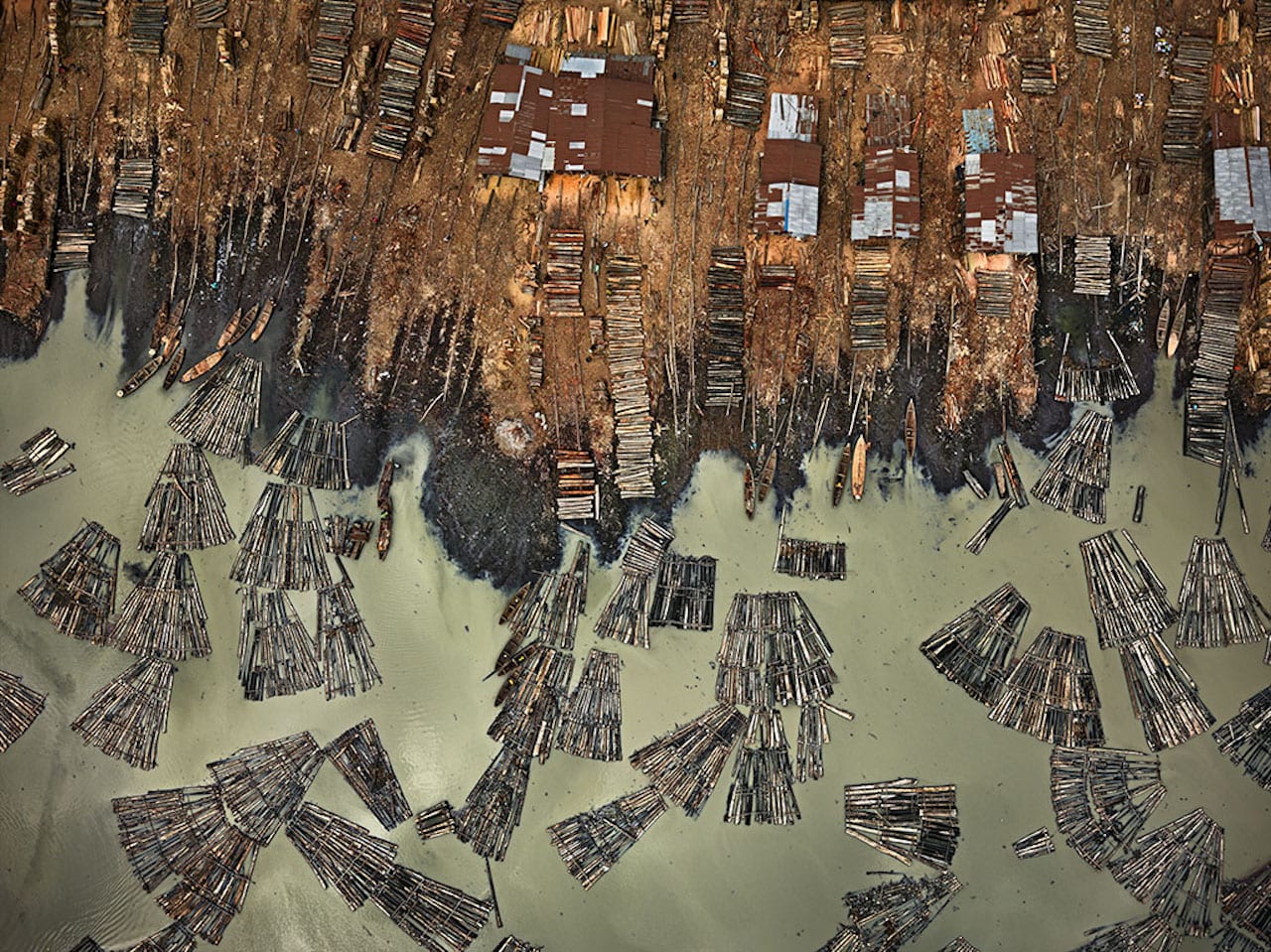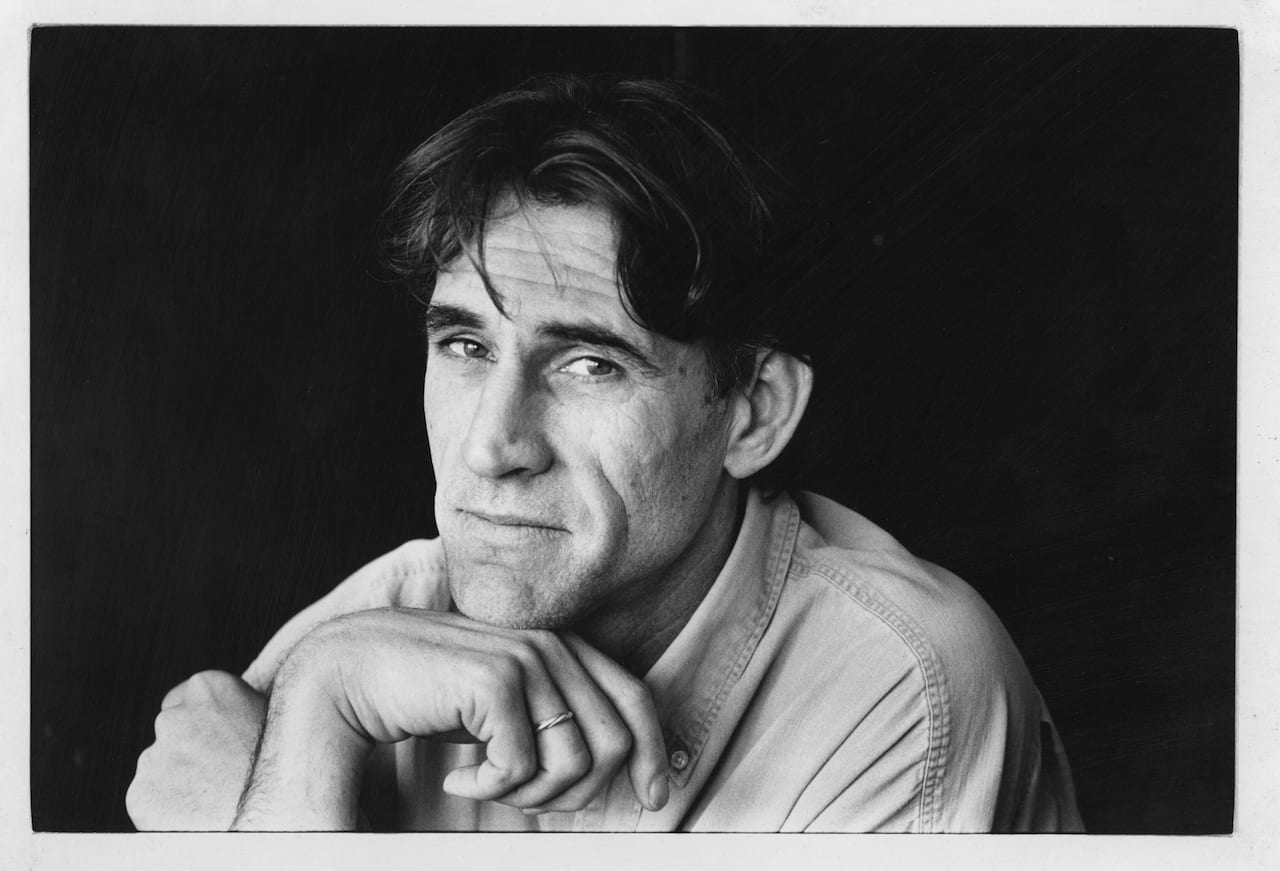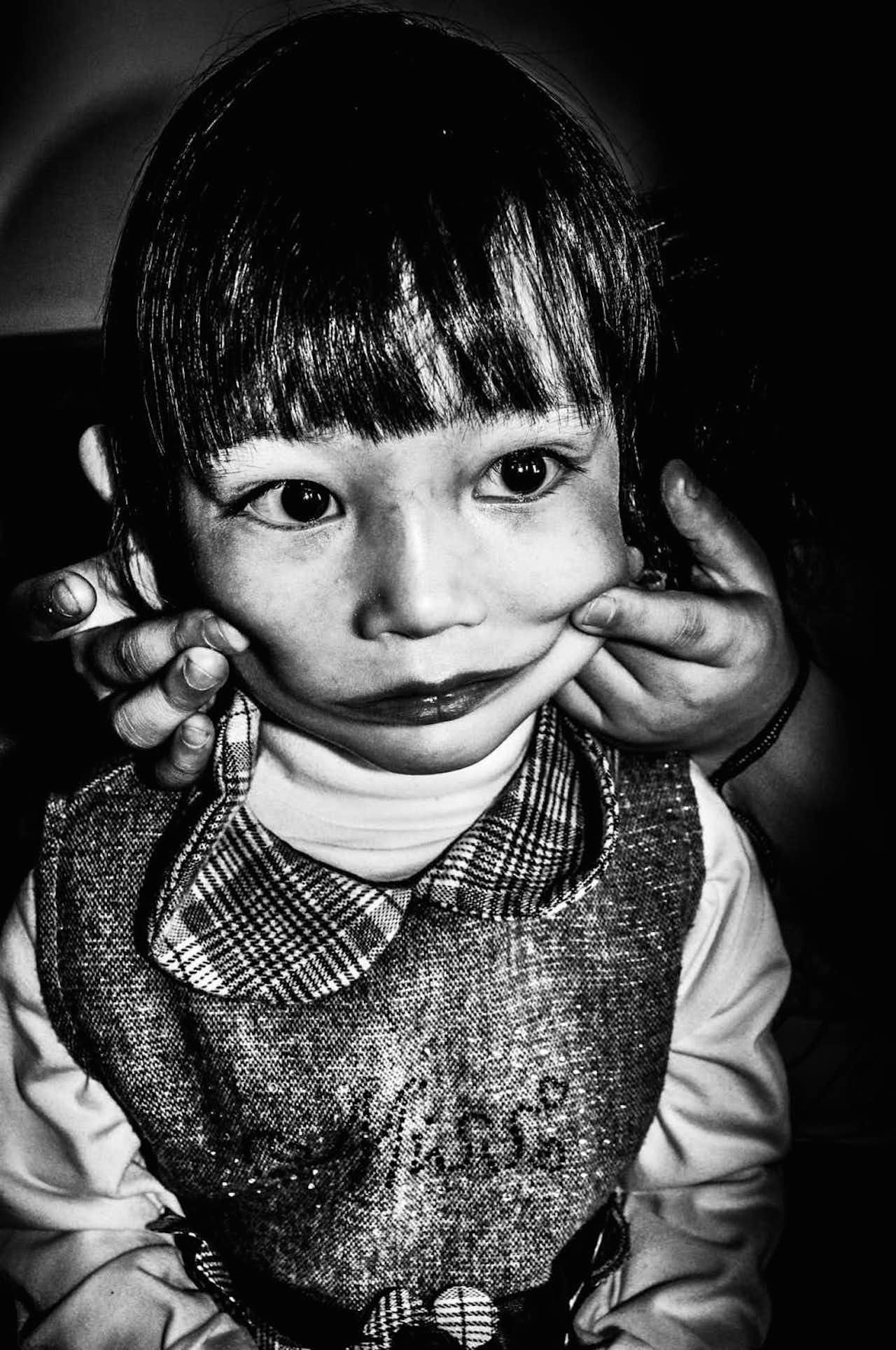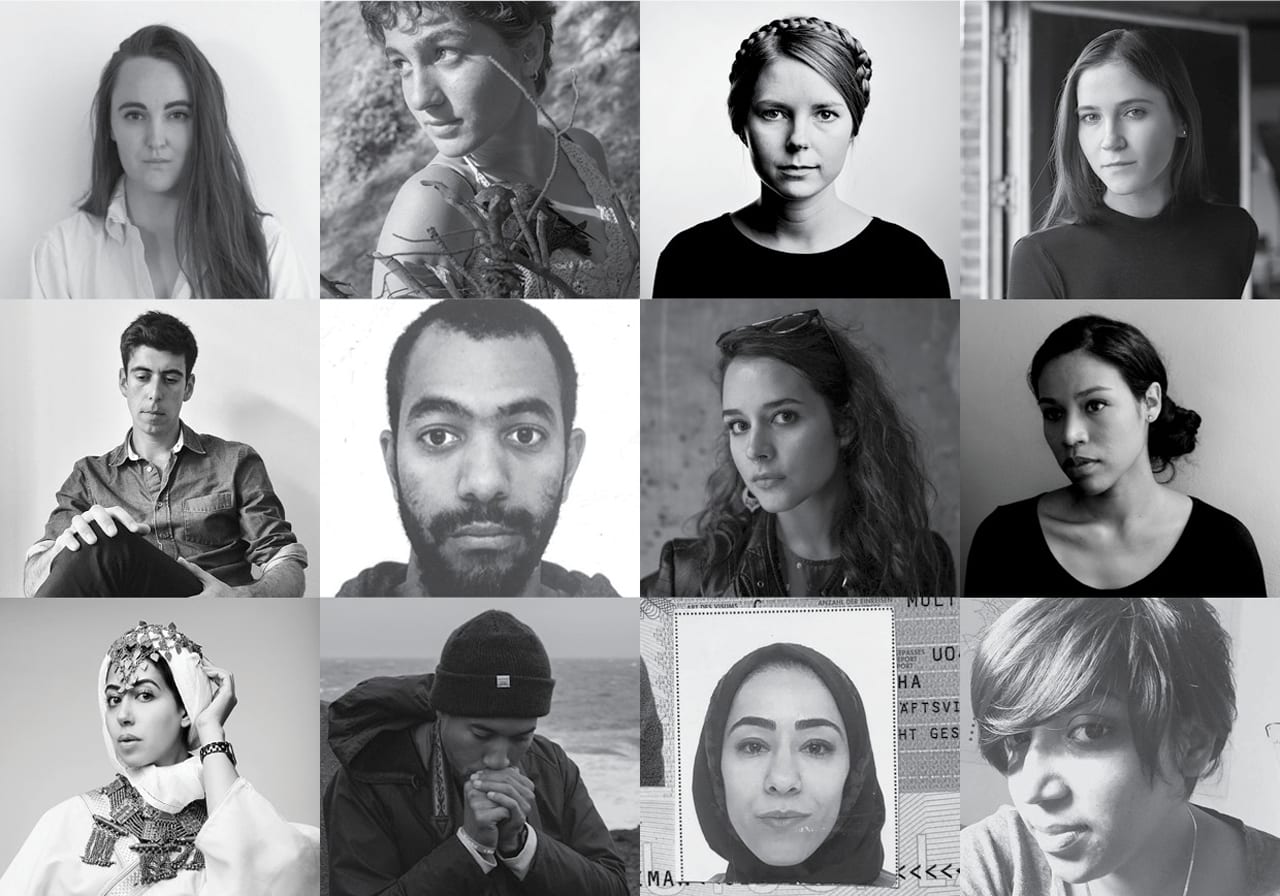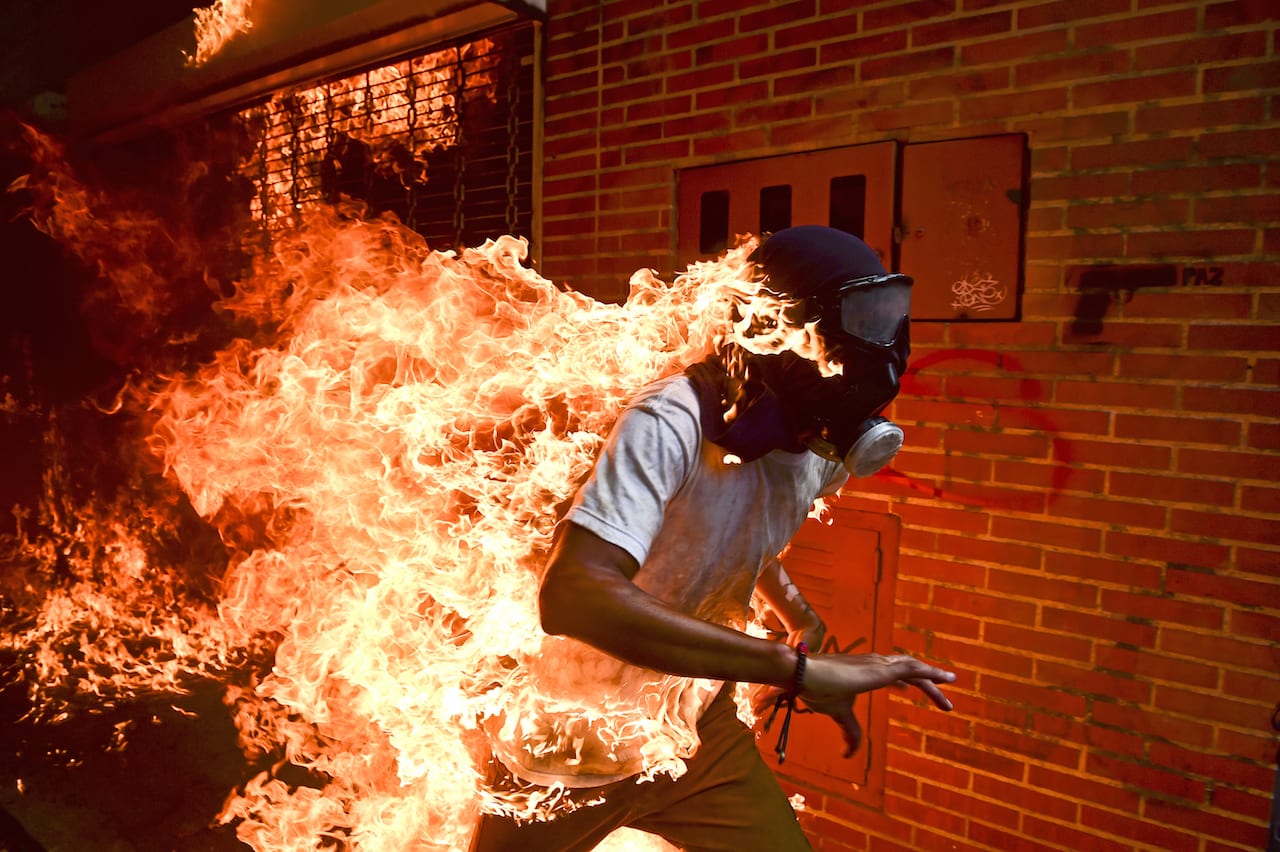“What is ‘home’?” writes Magnum Photos curator Pauline Vermare. “Instinctively, the idea of peaceful haven comes to mind. A cocoon where one feels secure, loved and understood – a nurturing and forgiving place.” It’s a topic she’s been thinking about in depth, because back in 2017 Fujifilm invited Magnum Photos to collaborate on an ambitious group project, which eventually saw 16 of its documentary photographers reflect on the idea of ‘home’. These photographers are better-known for documenting the lives of others, but in this project, they were able to create intensely personal work instead. “This project provided photographers with an ideal pretext to explore a place they held dear, a familiar and familial landscape,” says Vermare. “It was an invitation to look inward and outward. Home – an inherently intimate and introspective subject matter – was also a formidable challenge to take on; for the past seventy years, Magnum photographers have predominantly been looking into the lives of others – and seldom looking into their own.”
